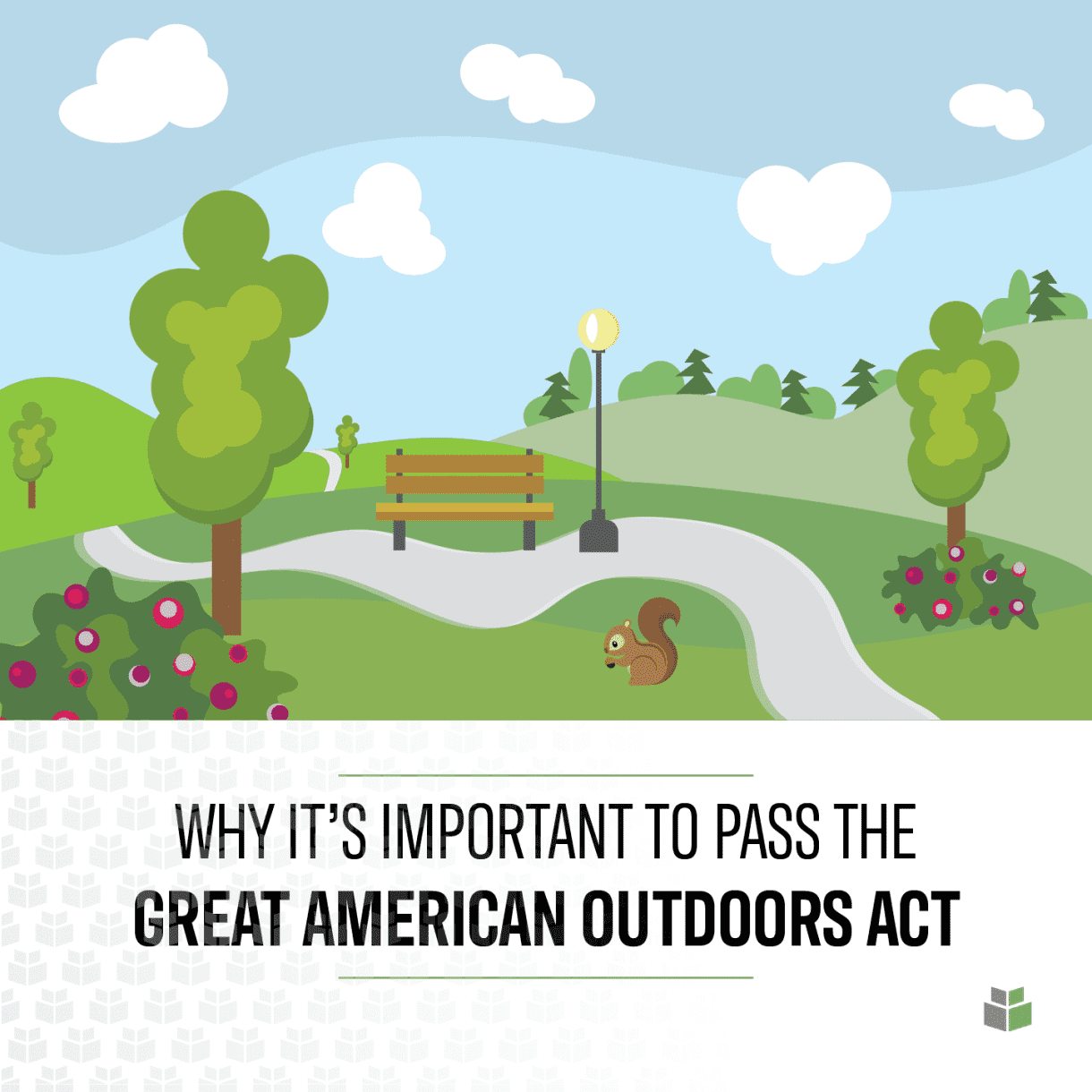
On Wednesday, July 22, the U.S. House of Representatives passed the Great American Outdoors Act (GAOA). Just over one month after receiving the support of the Senate, the bill was approved by a House vote of 310 to 107. Congress has sent the bill to the President for final approval; the President had previously expressed his support for the bill in a tweet in March. If signed into law, this legislation will permanently fund the $900 million Land and Water Conservation Fund (LWCF). The LWCF is vital in sourcing federal financing for the development and creation of local parks, trails, boat launches, sports fields, and other recreation environments.
Over its 55-year history, the LWCF has suffered from a pattern of incomplete funding. Money placed into the LWCF can be and has been spent on non-conservation projects. For example, in fiscal year 2020, only $495 million was appropriated to the LWCFonly slightly more than half of total funding, and yet the greatest amount in 15 years.
The GAOA will break this cycle. It will make the annual $900 million of funding for the LWCF complete and permanent, preventing money from being diverted to non-conservation projects.
It will also set aside up to $9.5 billion to address deferred maintenance projects on public lands over the next five years, with 70 percent going to the National Park Service, 15 percent going to the U.S. Forest Service, and 5 percent each going to the Bureau of Land Management, the Bureau of Indian Education, and the Department of Fish and Wildlife.
WithersRavenel supports the passage of the Great American Outdoors Act. We believe that the annual investment of $900 million to the LWCF is a vital benefit to our communities. If you have not already done so, we encourage you to thank your members of Congress and ask them to urge the President to pass the GAOA.
We will continue to inform you as more details become available about the Great American Outdoors Act. Please reach out to our Design and Planning Group if you have any questions or concerns regarding the LWCF and how it can help your community planning efforts.
